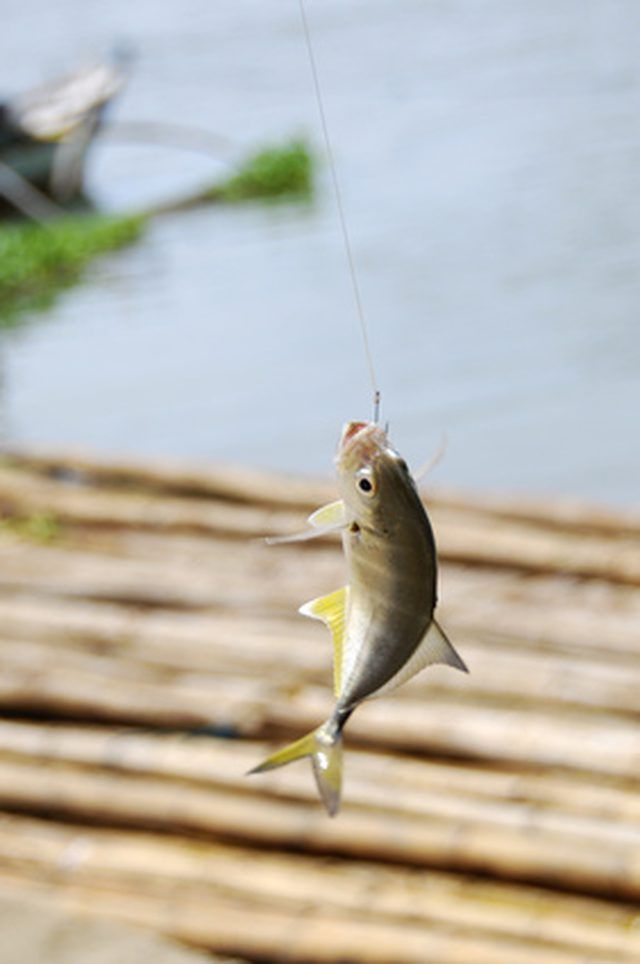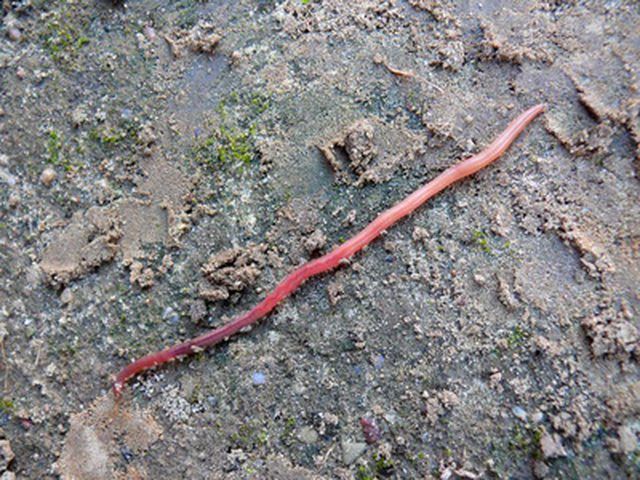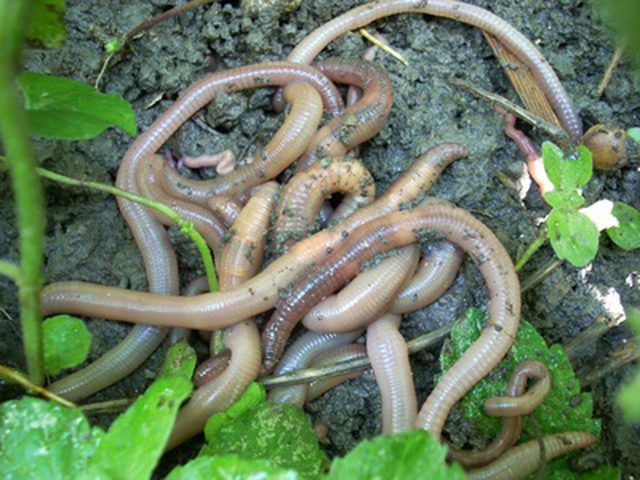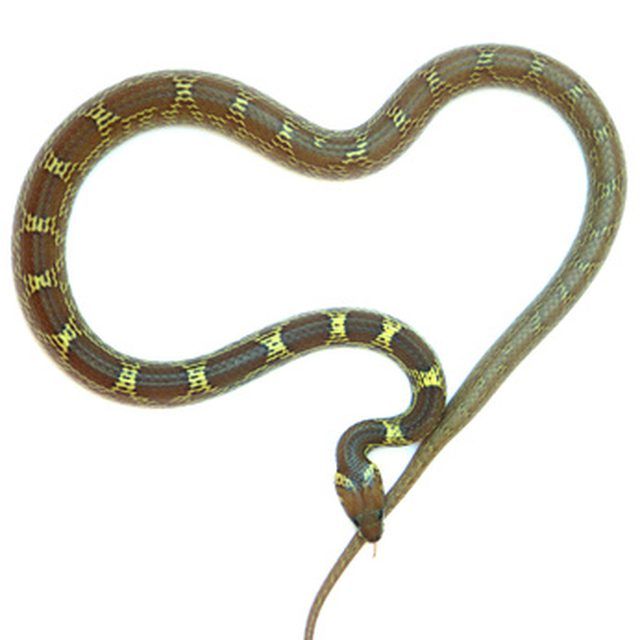Bulbs
Flower Basics
Flower Beds & Specialty Gardens
Flower Garden
Garden Furniture
Garden Gnomes
Garden Seeds
Garden Sheds
Garden Statues
Garden Tools & Supplies
Gardening Basics
Green & Organic
Groundcovers & Vines
Growing Annuals
Growing Basil
Growing Beans
Growing Berries
Growing Blueberries
Growing Cactus
Growing Corn
Growing Cotton
Growing Edibles
Growing Flowers
Growing Garlic
Growing Grapes
Growing Grass
Growing Herbs
Growing Jasmine
Growing Mint
Growing Mushrooms
Orchids
Growing Peanuts
Growing Perennials
Growing Plants
Growing Rosemary
Growing Roses
Growing Strawberries
Growing Sunflowers
Growing Thyme
Growing Tomatoes
Growing Tulips
Growing Vegetables
Herb Basics
Herb Garden
Indoor Growing
Landscaping Basics
Landscaping Patios
Landscaping Plants
Landscaping Shrubs
Landscaping Trees
Landscaping Walks & Pathways
Lawn Basics
Lawn Maintenance
Lawn Mowers
Lawn Ornaments
Lawn Planting
Lawn Tools
Outdoor Growing
Overall Landscape Planning
Pests, Weeds & Problems
Plant Basics
Rock Garden
Rose Garden
Shrubs
Soil
Specialty Gardens
Trees
Vegetable Garden
Yard Maintenance
The Difference Between Earthworms and Nightcrawlers
The Difference Between Earthworms and Nightcrawlers. Earthworms and nightcrawlers are terms that are often used interchangeably. In reality, the two worms differ in appearance, function and when and where they are seen. Nightcrawlers, otherwise known as dew worms or garden worms, appear at night when the dew is on the grass or on sidewalks after a...

Earthworms and nightcrawlers are terms that are often used interchangeably. In reality, the two worms differ in appearance, function and when and where they are seen. Nightcrawlers, otherwise known as dew worms or garden worms, appear at night when the dew is on the grass or on sidewalks after a rain. Earthworms, also called red wigglers, are used in worm composting or vermiculture activity.
Voracious Earthworms
Worm composting makes use of red wiggler earthworms to turn kitchen scraps into garden compost. These voracious worms eat half their weight in organic matter each day and leave fertile black compost behind. The red wigglers grow about 4 inches long. Garden supply catalogues offer red wigglers by the number of worms or by the pound. They are shipped live when the weather is not too cold, usually from April to October.

Earthmoving Nightcrawlers
Nightcrawlers are grayer and much larger than red wigglers. Nightcrawlers are thicker, and some have been known to grow up to 14 inches long. Nightcrawlers can be seen feeding above ground at night when the dew is on the grass or on driveways and sidewalks after a rain. Nightcrawlers burrow during the day, consuming soil and transporting nutrients from deep in the ground to areas closer to the surface. Nightcrawlers can burrow as deeply as 6.5 feet. Nightcrawlers aid in soil aeration and quality through their movements and defecation.

Nightcrawlers As Bait
Nightcrawlers are popular as bait for fishing because their larger size and constant movement make them attractive to fish. Worm picking is big business in some areas, as farmers and golf courses allow people on their land at night to collect worms for purchase by recreational fishermen. Worm pickers wear head-mounted flashlights and use both hands to catch the elusive worms. The worms are sold by the dozen in tackle shops and, during fishing season, in cottage country vending machines.
Toxicity of Red Wigglers
Unlike nightcrawlers, red wigglers should be avoided as a source of food, especially for snakes. Biology professor and snake ethologist Lani Lyman-Henley, writing on gartersnake.info reported that red wigglers can produce coelomic fluids that are toxic to snakes. Nightcrawlers do not have the same effect. Snake owners wish they could use the red wigglers, as they are cheaper and easier to store than nightcrawlers. Nightcrawlers need to be refrigerated, while red wigglers can be kept at room temperature in kitchen compost containers.

Scientific Terminology
Compost worms, or red wigglers, have different scientific names than the nightcrawler. The nightcrawler is known as the "Lumbricus terristris," while the red wiggler is one of the "Eisenia" species of worms. Each worm has its own specialized purpose and is of value to the fisherman and gardener, respectively.